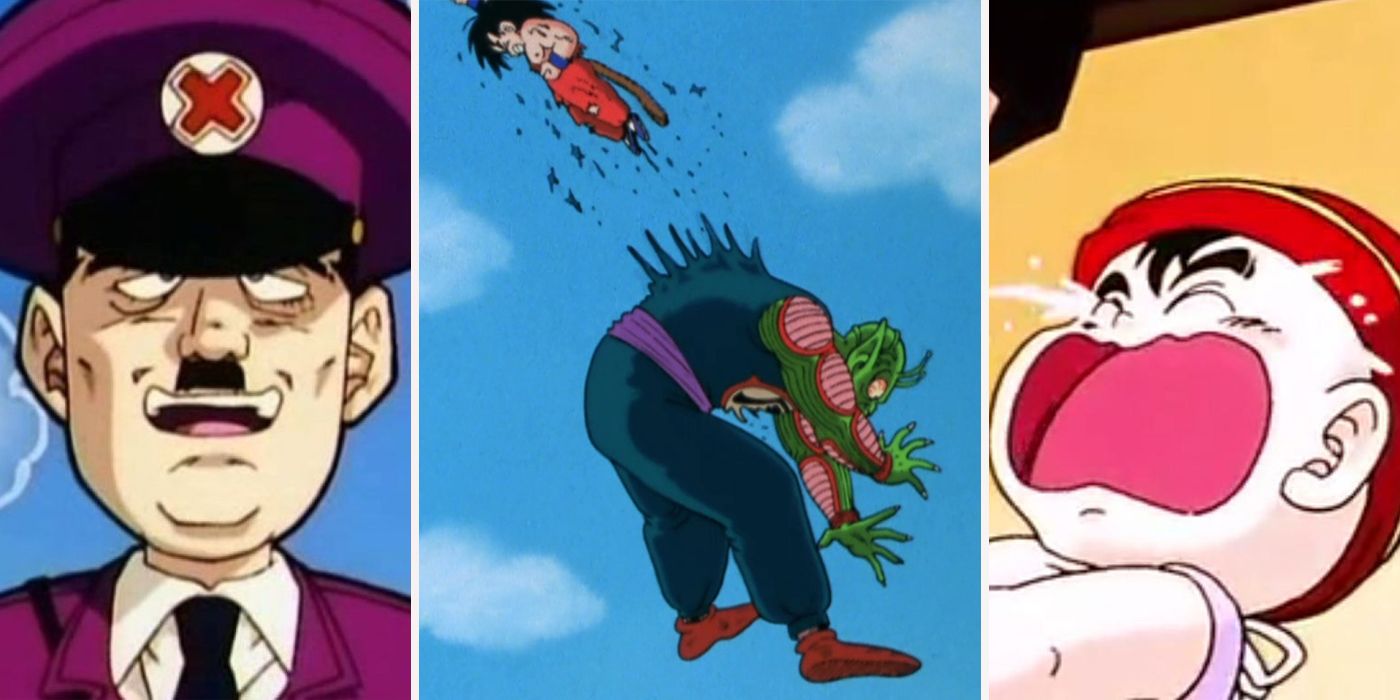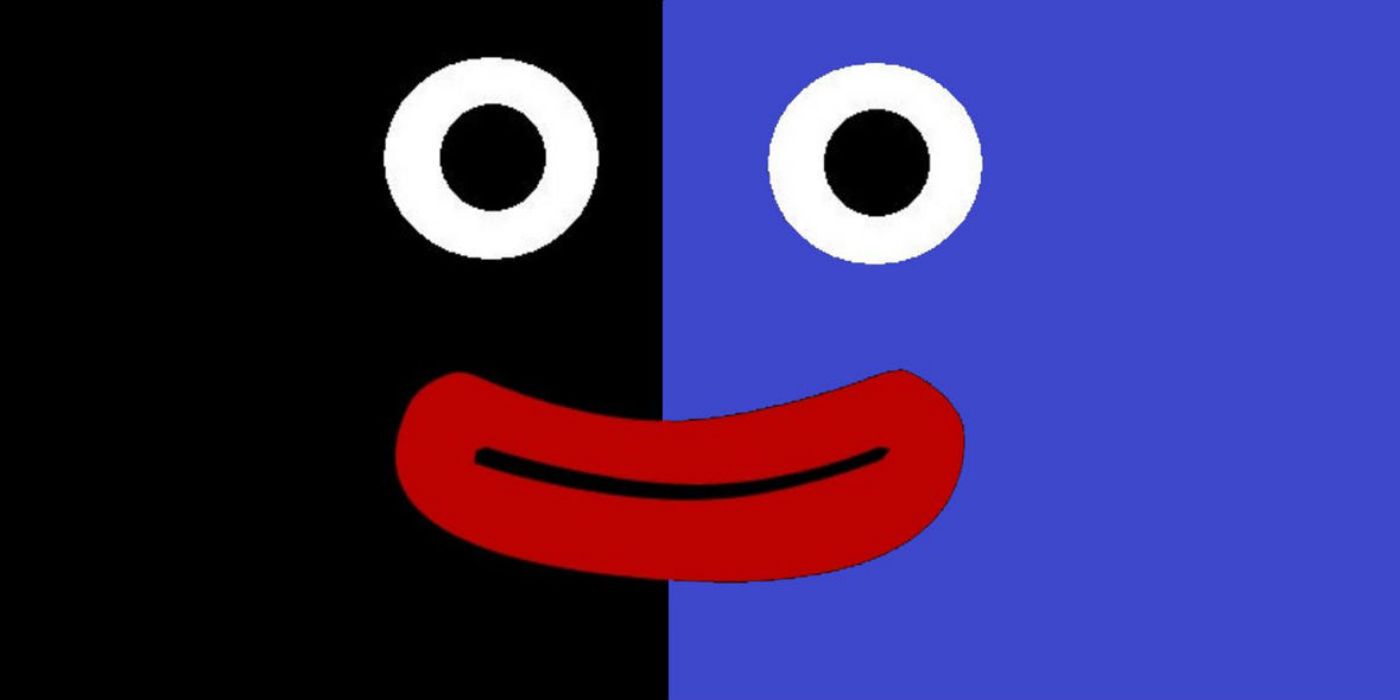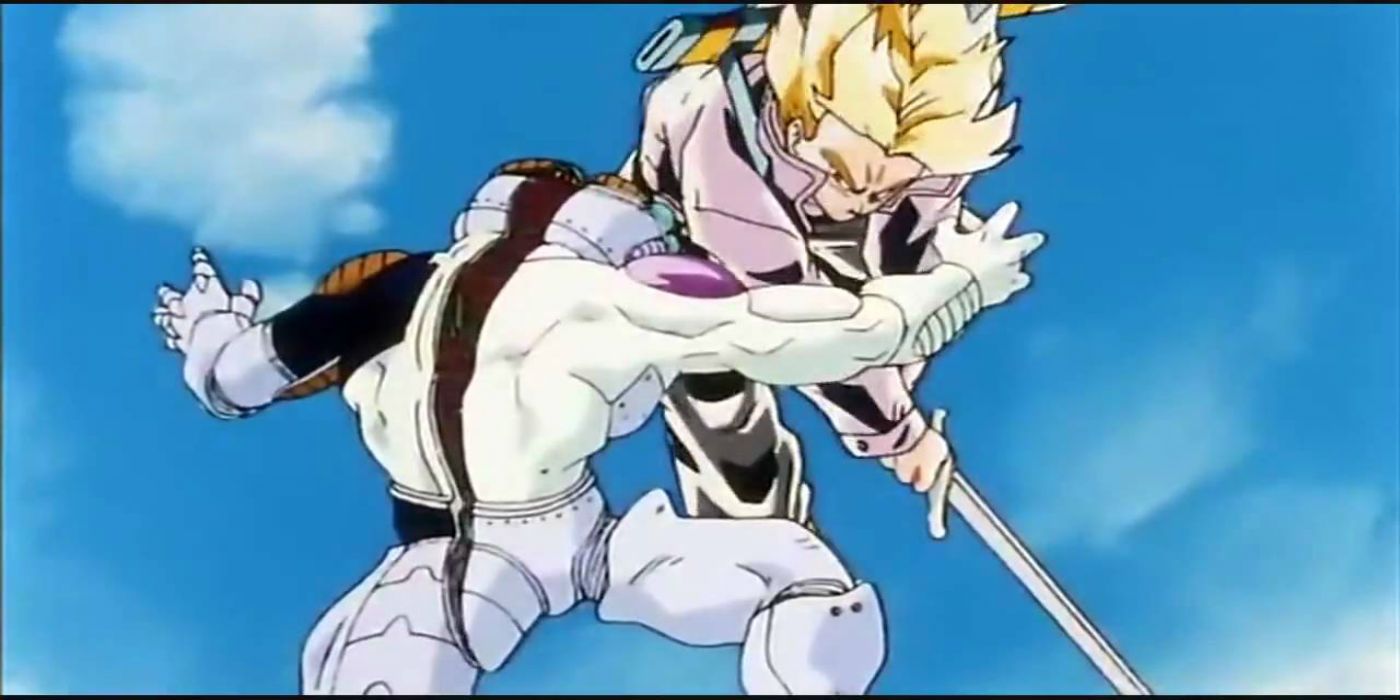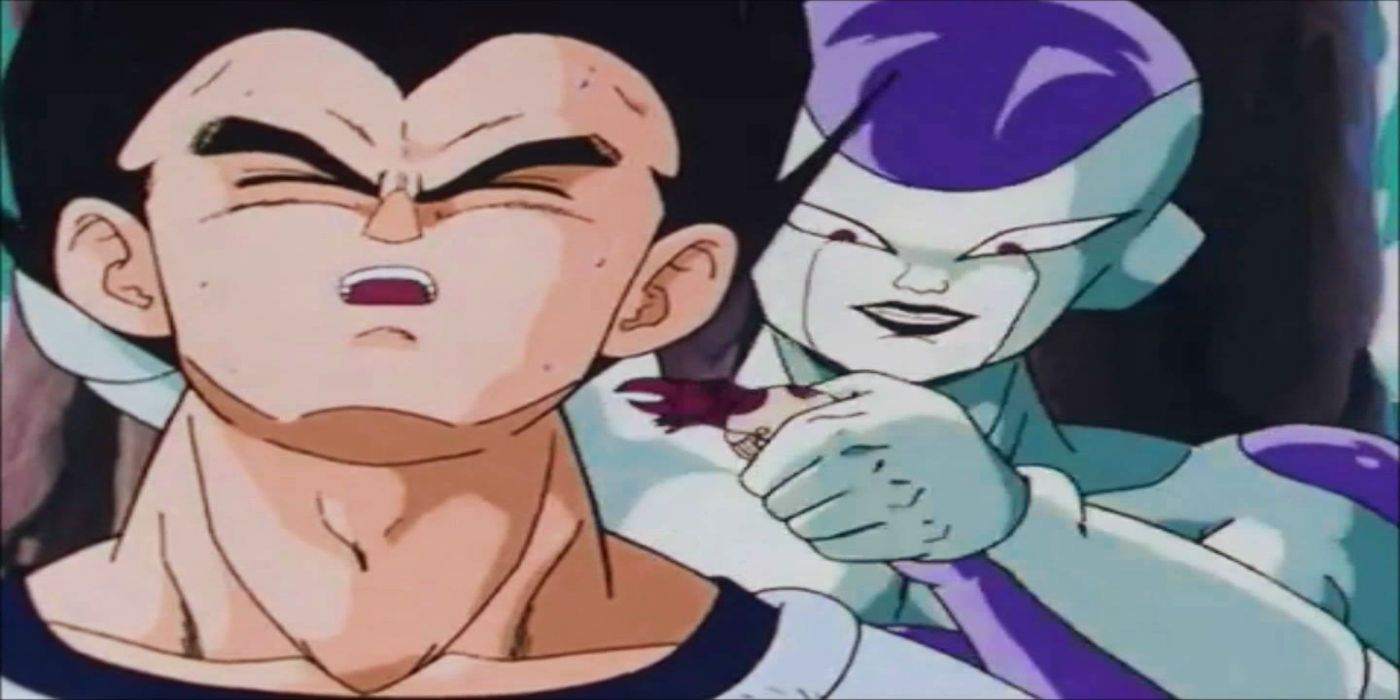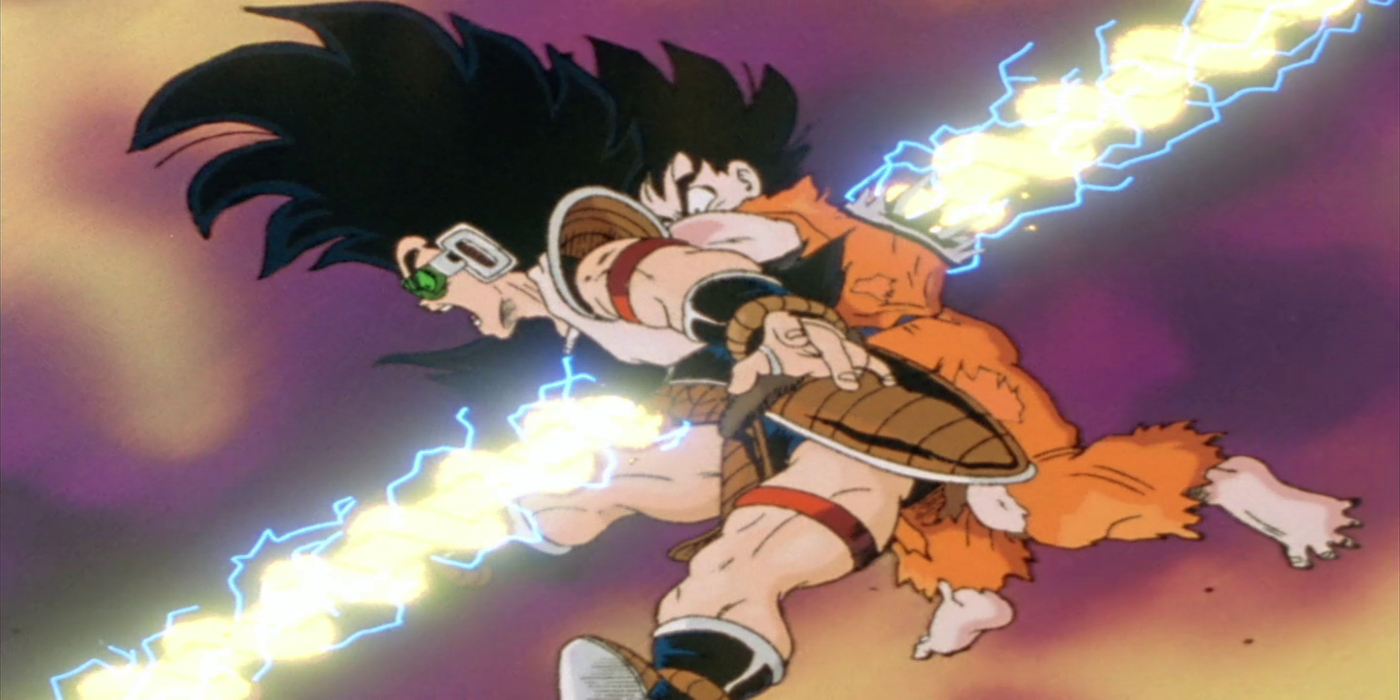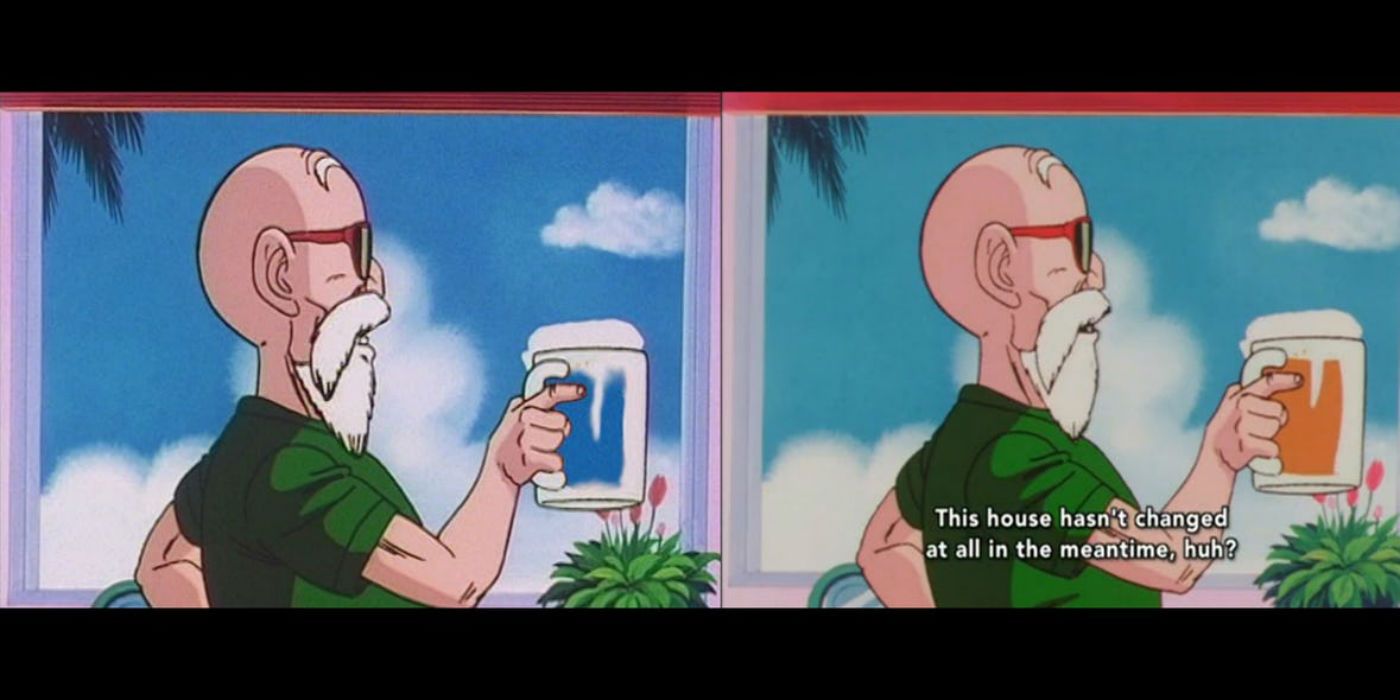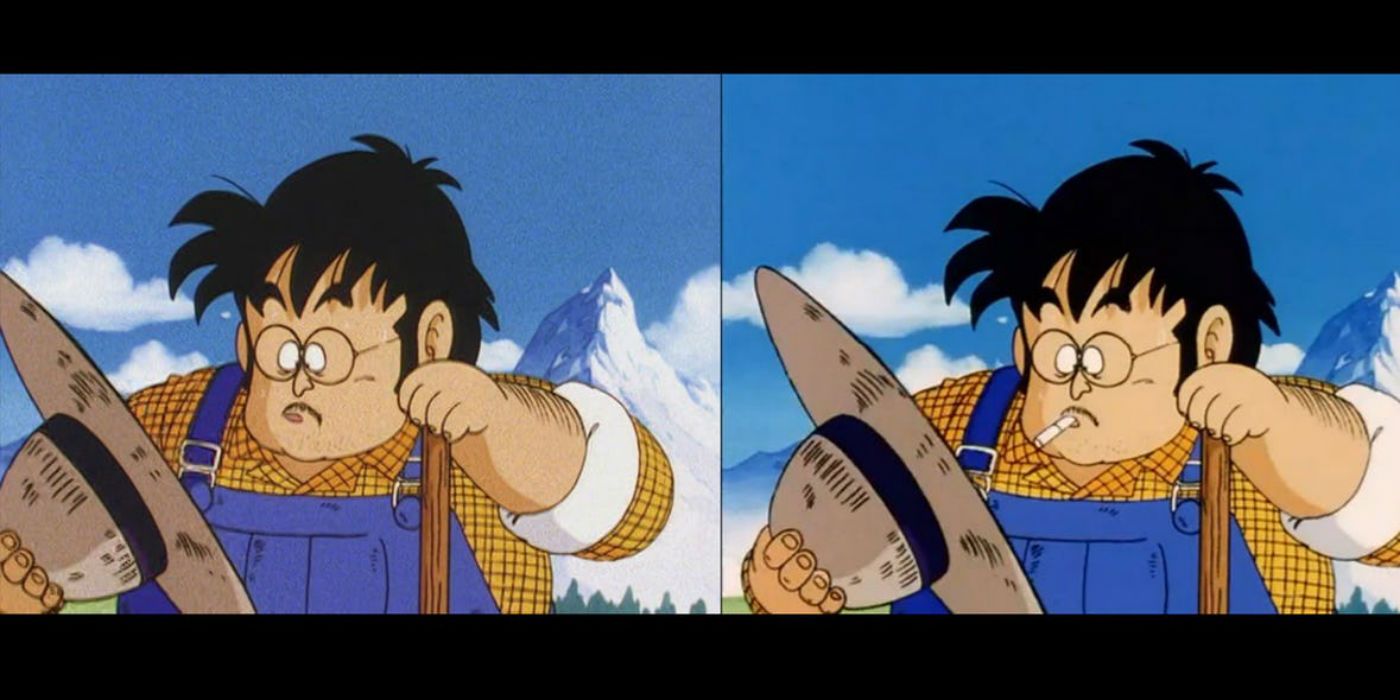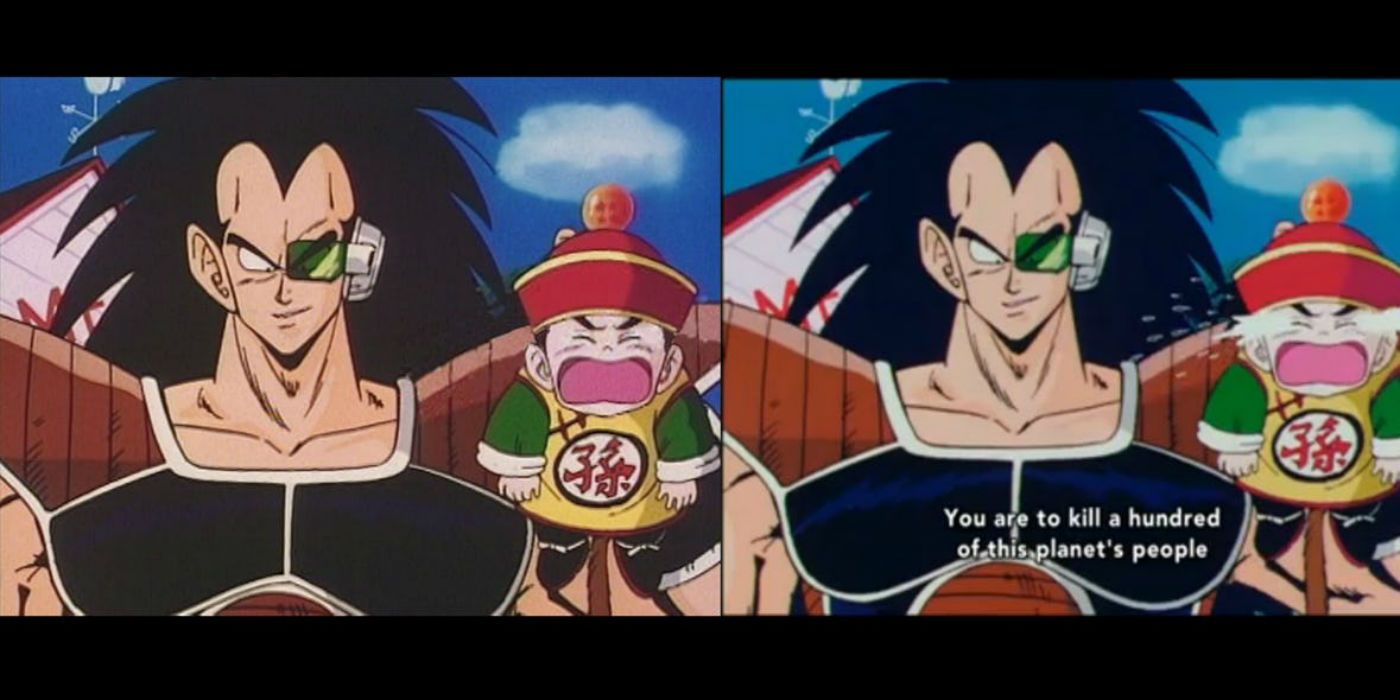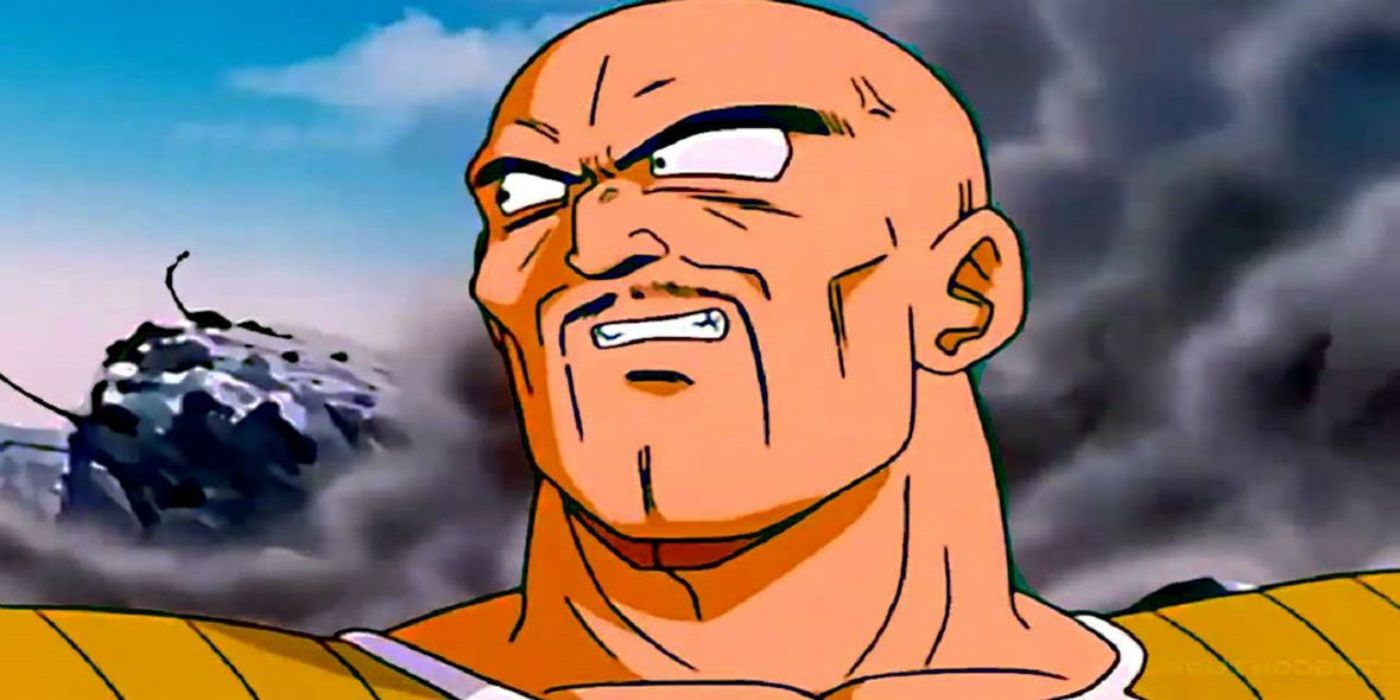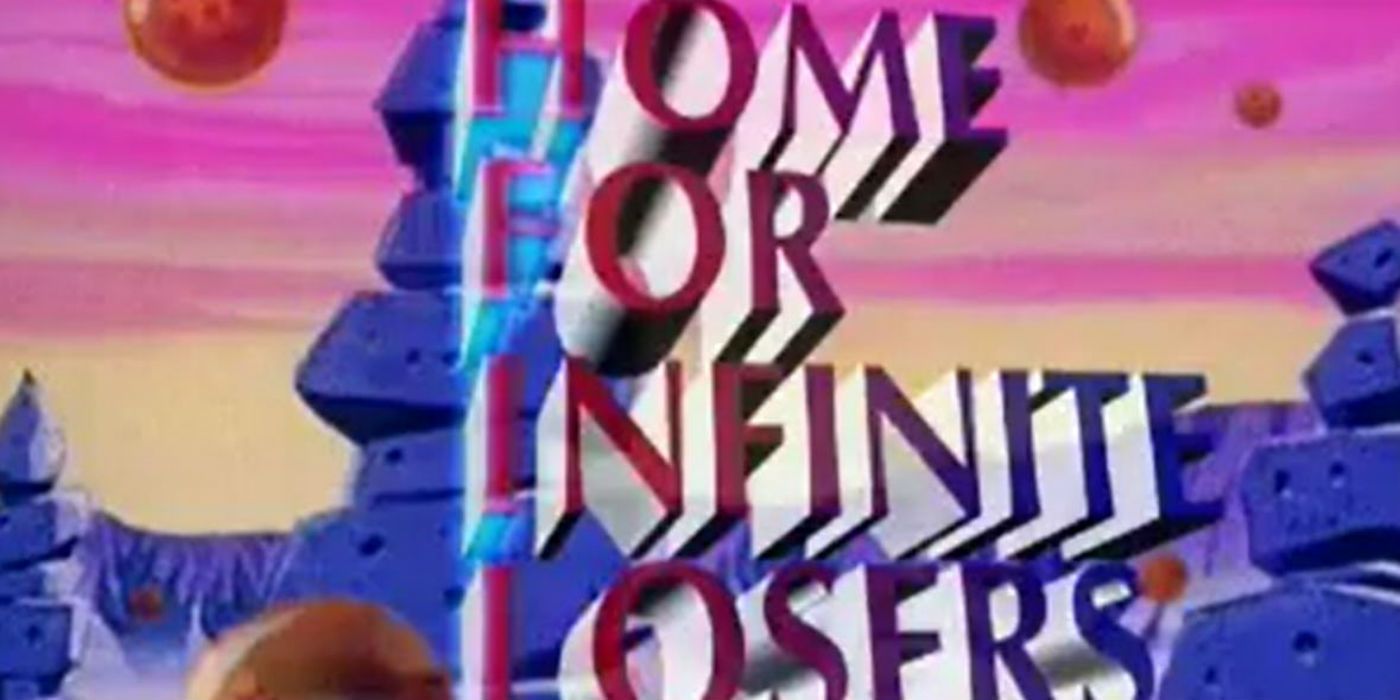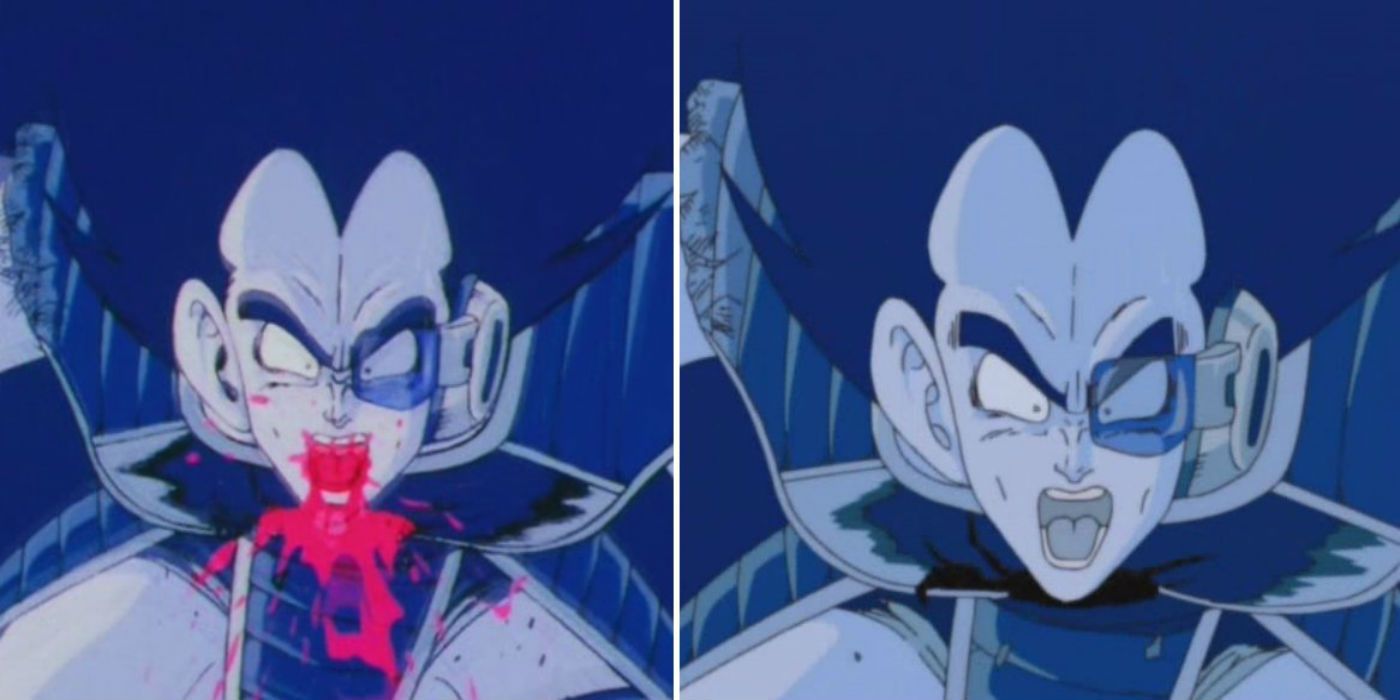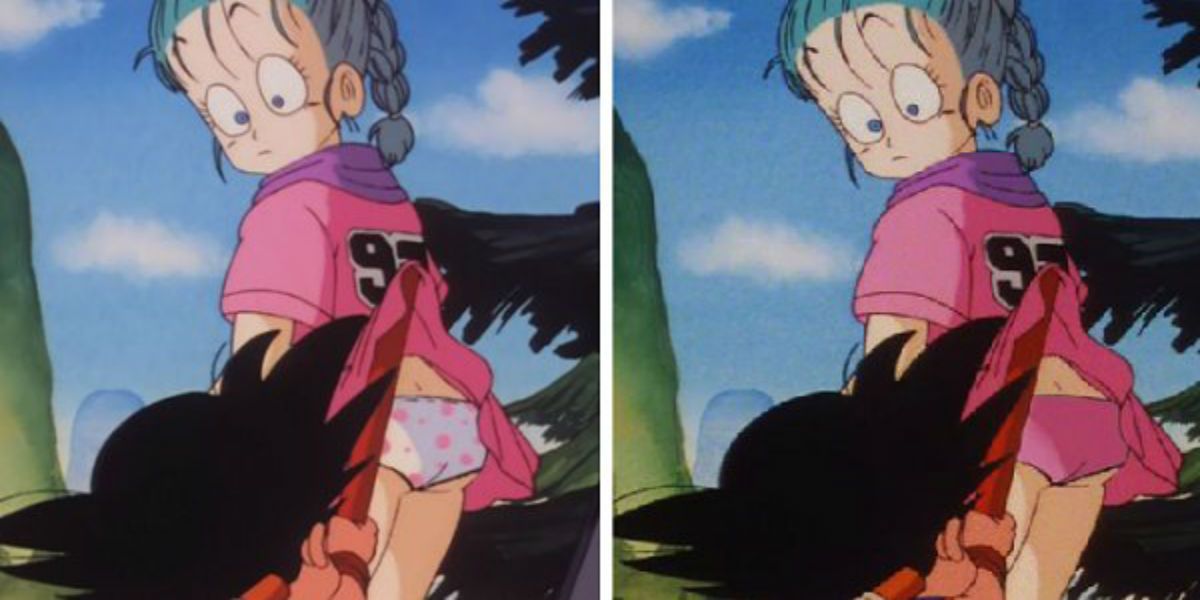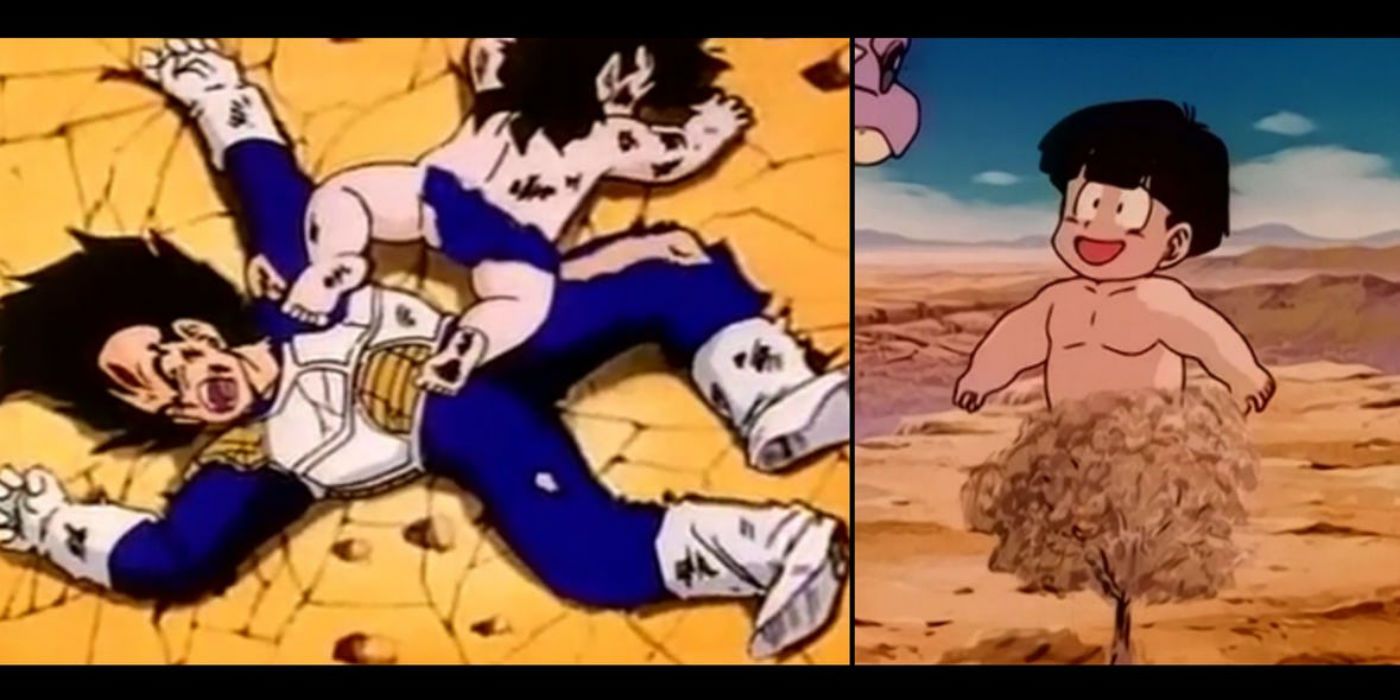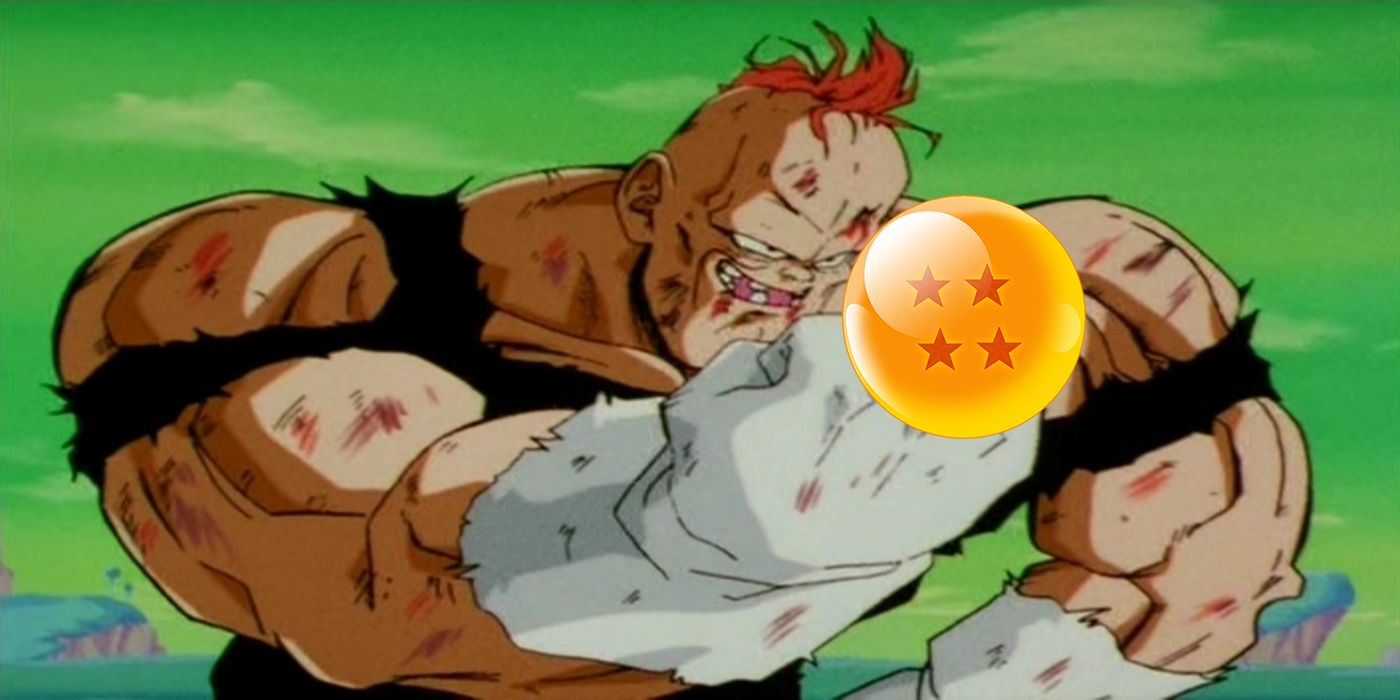Dragon Ball is a franchise unlike any other. Created by the Akira Toriyama, Dragon Ball practically reset the button on anime, jumpstarting a brand new era for the medium. While anime was big over in Japan, it had struggled to make its way over to North America and other Western countries. Dragon Ball, and more particularly, Dragon Ball Z, changed all that. With the overwhelming success of the show, Japanese and American distributors and entertainment companies felt increasingly comfortable bringing over more and more shows. When it arrived in the United States, courtesy of Funimation, the company originally delegated the tasks of censorship and dubbing to Saban Entertainment and Ocean Productions. Boy, did they have a challenge.
RELATED: The 15 Craziest Fusions From The Dragon Ball Video Games
American and Japanese sensibilities were and are quite different from one another. What was okay in the show’s country of origin would get someone sued or arrested in its new home. Some of the changes were silly and downright weird. Regardless, you can tell they came from a place of reason by people who understood American audiences, knowing Western culture was exceptionally uptight and parents probably wouldn’t be okay having their children exposed to a young, naked Goku. Today at CBR we’re looking at 15 different ways the Dragon Ball franchise was censored.
15 RENAMING MR. SATAN
During the much-loved "Cell Saga", Dragon Ball Z introduced what would be one of its best-received characters: Hercule. The loudmouth, showboat of a character who was essentially a Hulk Hogan rip-off started his journey from obnoxious blowhard to fan-favorite in short order. In the Japanese version of Dragon Ball Z, Hercule’s name is actually Mr. Satan.
Western censors already had issues with the notion of Hell and dubbing it the Home For Infinite Losers, so having a character named after the Devil himself wasn’t going to do Dragon Ball Z any favors. Any kind of religiosity mentioned, be it in name or otherwise, was not acceptable. The name Hercule comes from the French dub, and recent Dragon Ball Z merchandise has tried to connect the names. The American version of Shonen Jump magazine stated Hercule is his actual name and Mr. Satan is his stage name.
14 MR. POPO'S SKIN COLOR
One of the oddest characters in the Dragon Ball franchise is Mr. Popo. Not much is known about the character, expect that he serves as the caretaker and companion for Kami up on the lookout. What is known is that the 4Kids TV studio wasn’t happy about his color. No matter how you want to phrase it, Mr. Popo is black. It’s simply the nature of the character. 4Kids didn’t agree and thought Popo and his pigmentation were an offensive stereotype.
In the name of problematic racial imagery, and if one overthinks things then it’s reasonable to see where the studio was coming from, 4Kids turned him blue. They refused to believe Mr. Popo’s identity didn’t present a threat to young minds. While the nature of their argument is up for debate elsewhere, Western media companies found themselves challenged in dealing with a character they didn’t understand.
13 HITLER
Dragon Ball was notorious for featuring real life people, or at least amalgamations of real life people. Bruce Lee could be spotted getting defeated by Krillin the pro-wrestler Big Van Vader appeared during the Cell Games, and Master Roshi went by the name Jackie Chun, an obvious allusion to Jackie Chan, during the World Martial Arts Tournament. Those characters weren’t problematic. What was problematic was the featuring of Adolf Hitler, the horror of a man responsible for mass genocide and World War II.
In the franchise, Hitler is referred to simply as the Dictator. In Dragon Ball Z: Fusion Reborn, the barriers between life and death are destroyed and the evil souls in Hell return to Earth in order to wreck havoc. This included an undead Third Reich, along with their leader front and center. Gotenks quickly destroys the Dictator and his army and are sent back to Hell.
12 CUTTING DOWN OF EPISODES
Bringing a show as massive as Dragon Ball Z overseas proved a humongous undertaking. Funimation was the first company to give it a try and outsourced the job to Saban Entertainment and Ocean Productions. Ocean was responsibly for most of the work, including the dubbing, hence why the early dubs of DBZ are referred to as Ocean Dubs.
To anyone unfamiliar with the franchise, there’s violence, nudity, and blood; any of which were hardly acceptable for Western children’s eyes. There was also a significant amount of time dealing with religious themes along with people drinking and smoking, none of which were appropriate. As you can see, the list of unmentionables grew longer until certain episodes were no longer long enough to run. As a result, several episodes were edited together. To put things in perspective, the 67 episodes Ocean had been given to dub were cut to 53.
11 FRIEZA EATING A CRAB
One of the most bizarre edits in the entirety of Dragon Ball Z was the shot of the villainous space tyrant Frieza eating a crab. During the "Frieza Saga", Vegeta goes all out, boasting about achieving the legendary Super Saiyan status, but Frieza casually brushes aside everything the Saiyan Prince throws at him. Eventually, Frieza attacks Vegeta, throws him into a lake, and beats him mercilessly. At one point, Frieza uses his power to make the water rise; he then picks Vegeta up by his neck.
It is at this point where a scene was taken out from the original dub. The moment in question showed Frieza noticing a crab crawling on Vegeta’s back. He decides to eat the crab in one big bite. The reason for this scene’s exclusion is not completely certain, but is most likely due to an animal rights issue.
10 MENTIONING "DEATH"
The American censors had more than just one problem where death was concerned in Dragon Ball Z. Aside from renaming Hell, which gets its own entry on this list, the very concept of dying had to be fixed. In multiple instances, entire dialogue was completely rewritten as to erase any concept of death. Whenever someone like Goku or Krillin died, they didn’t “die”, but were instead sent to or “trapped in another dimension.”
The Ocean Dub of Dragon Ball Z featured a lot of this, especially when Vegeta entered the picture and was constantly killing people *ahem* sending them to another dimension. Even Goku’s halo when he first died, which later would be deemed just fine for audiences when he died again years later, was originally stricken and was replaced by a glowing yellow dot.
9 NO ALCOHOL
In today’s world, it’s easy to forget that things we consider unimportant are of especially vital significance when dealing with what was advertised as a children’s television show. Japan’s tolerance for things like alcohol was and is more liberal. For Western studios, while there might be beer commercials all the time on TV, having beer or any alcohol represented on Dragon Ball Z was a big no-no.
Dragon Ball Z wasn’t the only show to be edited in such a way, as other shows and video games experienced similar censorship. In the case of DBZ, Master Roshi is constantly seen drinking extra large glasses of beer. To fix this, the coloration was changed and voila! You had Master Roshi drinking incredibly bubbly water and milk rather than booze.
8 NO SMOKING
The representation in the media of cigarettes and smoking has been a long debated subject before Dragon Ball Z was even created. Where once it was perfectly okay and even celebrated in beloved shows like The Flinstones and Tom and Jerry, the times quickly changed and censors removed any scenes that glamorized smoking. Japan on the other hand, never had such a problem. Smoking is treated very differently and not considered a taboo of sorts.
Characters on kids’ shows are constantly being shown smoking cigars, cigarettes, or what have you. Though Dragon Ball Z didn’t have many resident smokers, characters like Dr. Brief and the Ox King were prone to frequently having a cigarette nestled in their between their lips. When either individual showed up, it was a busy day in the censorship office.
7 NO CRYING FOR GOHAN
There are a multitude of edits throughout Dragon Ball Z and some of them are indeed rather sensible. If certain edits hadn’t be performed by Ocean Productions, then we’d likely have never seen Dragon Ball Z for years.
However, there were a few censorship decisions that were curious at point. For example, there’s the case of Gohan, Goku’s son, crying. When Gohan was first introduced in Dragon Ball Z, he was shy and a crybaby. In fact, he cried a lot and shed fountains of tears. This apparently troubled someone. There’s the moment in the first two episodes of Dragon Ball Z when Raditz kidnaps Gohan and hold him up by his collar; the child cries. In the Ocean dub, Gohan’s tears were removed and when Piccolo kidnaps Gohan to train him, Gohan’s cries, but there were again no tears.
6 CIVILIAN DEATHS
Lots of innocents die in Dragon Ball Z, or as the Ocean Dubs would say, a lot of civilians were sent to another dimension. When Vegeta and Nappa first attack the Earth, the censoring was at full power. Before the battle with the Z-Fighters even begins, several news helicopters show up to report on the battle and Nappa blows them all up. Following the destruction of the first helicopter, there is a reporter who shouts out that, “they blew up the Cargo Robot“.
When Nappa continues his rampage and destroys the remaining vessels, one of the Z-Fighters says “Look I can see their parachutes, they’re ok”. This is despite the fact that no parachutes are seen. What’s puzzling is that Nappa destroyed an entire city full of civilians and none of them had parachutes. Perhaps they were comfortably sent to that other dimension everyone is talking about.
5 RENAMING HELL
People die in the Dragon Ball franchise…a lot. This happened enough that eventually viewers got to see where it was characters went to after they died. Turns out, they all went to Hell, though there was a good Hell and a bad Hell. Death was difficult for the censors to navigate, as many shows on the air aimed at kids didn’t deal with heavy issues.
The concept of death didn’t play over well, so referring to Hell as such, wouldn’t fly. Instead, the censors changed it to the Home For Infinite Losers. This was made especially noticeable after Goku “dies” during his battle with Raditz. Afterwards, he goes to the “afterlife” and runs along Snake Way, he falls down into Hell where he meets the ogres Goz and Mez wearing shirts that say Hell.
4 NO BLOOD
Even though nakedness would burn the eyes out of anyone watching, having grown alien men beating each other senseless was okay…at least within limits. While many of the fights seen in Dragon Ball Z aren’t overly graphic, they were still censored like it was an edict from Kami himself. The range of censorship was great where violence was concerned. You couldn’t have blood oozing, flowing, gushing, or running down someone’s cheek.
So even if Goku had just been punched through a mountain, he’d come out looking a little scratched and kind of dirty and sweaty. Weirdly, this seemed to apply mainly to characters who resembled humans. Some versions kept the blood that dripped from Piccolo's arm during his fight with Raditz, but the color was altered from red to green.
3 CONTROVERSIAL REFERENCES
Though Dragon Ball Z focused on fighting and energy blasts, Dragon Ball was not. Instead, Dragon Ball was more of a comedy and was positively rife with innuendo. Plenty of it involved Goku and his naiveté in relation to women or the human body. It was all pretty innocent and those aspects of the show were played for laughs. Though when Master Roshi entered the fold, things became decidedly less playful and a tad more creepy. There are plenty of scenes involving Master Roshi with blood spurting out of his nose at the sight of Bulma flashing him, a dirty magazine, or even a pair of women’s underwear.
The Japanese sensibilities in relation to sexuality were very different from that in the United States. To that end, U.S. censors had their work cut out for them as they edited the show to fit what they deemed was appropriate.
2 NO NUDITY
In both Dragon Ball and Dragon Ball Z there are two things shown nearly as much as aliens getting punched in the face: a naked Goku and a naked Gohan. Dragon Ball was notorious for featuring nudity all the time. It didn’t just have to be Goku going for a leisurely stroll sans clothes or taking a dip in a pool of water, but you also got moments of Bulma flashing Master Roshi; there was even a topless scene or two thrown in for gags.
Once Dragon Ball Z rolled around and Goku became an adult, his son Gohan seemed to share his father’s affinity to finding himself in situations where he wasn’t wearing clothing. They were both completely naked at multiple instances and the editors had to get especially creative in figuring out ways to cover them up.
1 FLIPPING THE BIRD
When blood, booze, and nudity are censored, you can bet your lucky four-star Dragon Ball that obscene gestures like giving someone the middle finger aren’t going to make it to American TV sets. One of the rudest signs in American culture, the middle finger doesn’t have the resonance in Japan like it does in the United States. There are several instances in which a character flips someone the bird and they usually either involved Vegeta or the Ginyu Force.
Already a crass character, it comes as no surprise when Vegeta disrespects someone. The most memorable representation of the display comes when Recoome, one of the Ginyu Force members, when he hears about Goku’s power level before they fight. Unimpressed, the villain opts to mock Goku by giving him a smug grin, raising his middle finger and saying, ”This is what I think of you and your puny 5000 power level“.
Do you know of any moments in DBZ that should be censored? Let us know in the comments!

